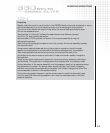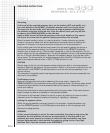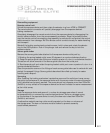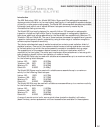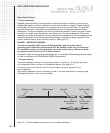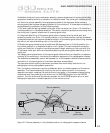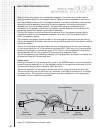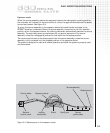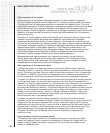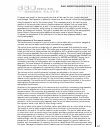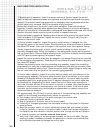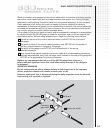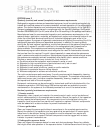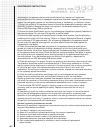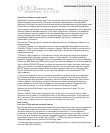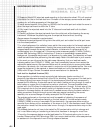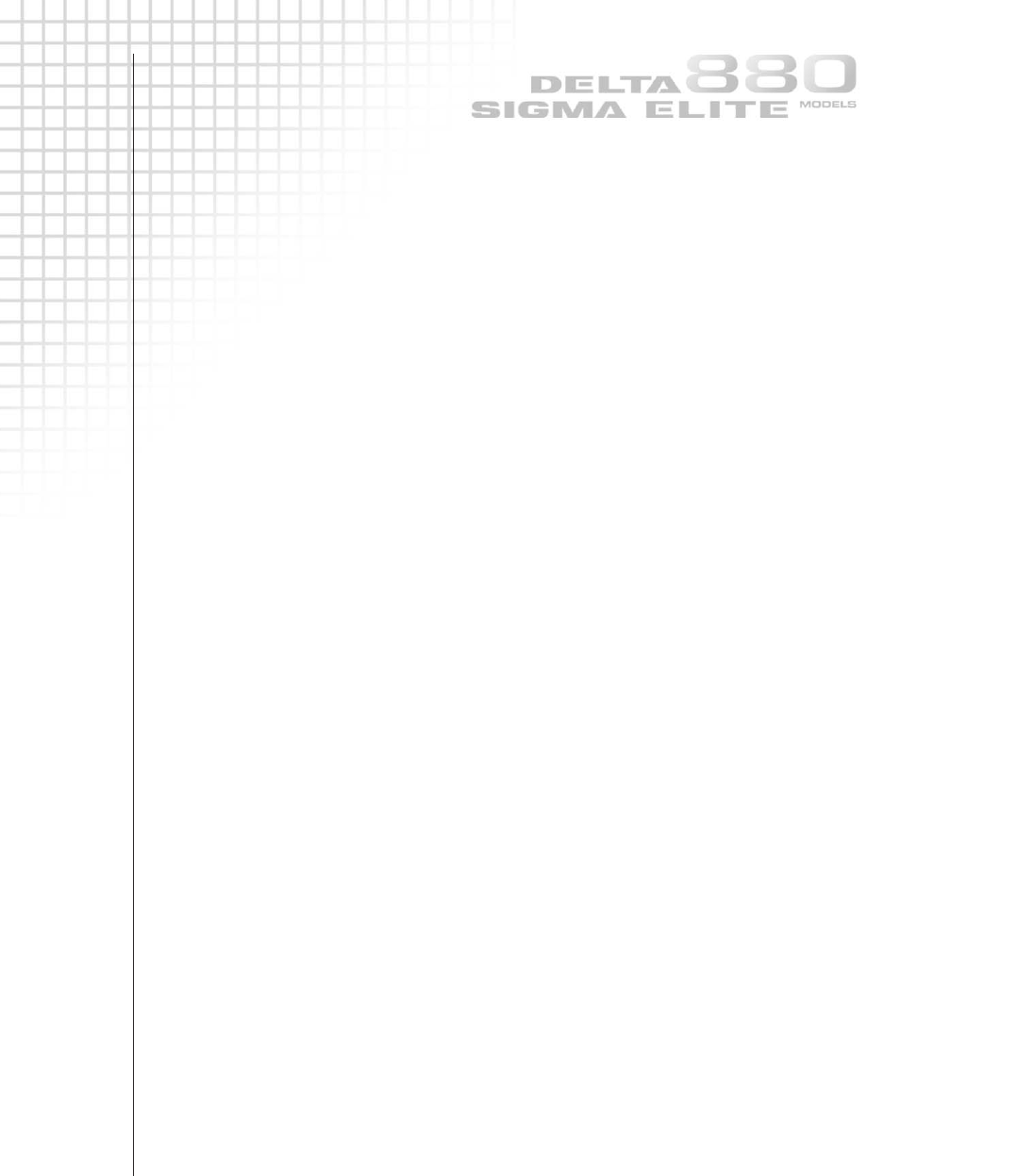
DAILY INSPECTION INSTRUCTIONS
3.6
Daily inspection of the system
A daily inspection of the gamma radiography system for obvious defects is essential.
The daily inspection ensures that the equipment is in a safe and proper operating condition.
It is important that all radiographers perform or supervise this inspection prior to the first
radiographic exposure of the shift regardless of any previous inspections that may have been
performed that day. As an example, damage to a component of the system may occur
during transport of the equipment to the job-site. If damaged equipment were used without
detection, the result may be the inability to retract the source assembly into the exposure
device and secure it.
The results of a daily inspection should be recorded and include the date, the name of the
inspector and what specific equipment was inspected. If any defective or damaged
components are discovered during the daily inspection, the component must be removed
from service and identified with a status indicator (tag, label, or tape) to prevent inadvertent
use by other radiography personnel. Defective or damaged components must be repaired or
replaced before reuse in radiographic operations. The three main components of the
radiography system consisting of the radiographic exposure device, remote controls and
source guide tubes must be inspected in addition to accessories such as lab stands,
collimators, J-tubes, magnetic lab-stands and pipe-clamping apparatus.
Radiographers must take a proactive role in preventing incidents, by performing or
directly supervising a simple, but thorough daily inspection of the radiography system.
The implications that affect safety and the importance of the daily inspection must be
emphasized and understood by the entire radiography staff.
Daily inspection of the exposure device
1 Survey the surface of the exposure device to ensure the radiation level is less than
200mR/hr (2mSv/hr), even when containing a source assembly with the maximum allowable
activity. This survey provides a function check of the survey instrument, that it is responding
to radiation, in addition to providing the radiographer with a reference measurement that
can be compared to confirmatory surveys after terminating each radiographic exposure.
2 Inspect the labels on the exposure device to ensure they are legible and securely attached
to the exposure device. The warning label containing the trefoil should be legible from a
distance of at least 3ft (approximately 1m). This label warns the individuals in the immediate
vicinity of the presence of radioactive materials and permits them to take measures to
minimize their exposure to radiation. The printed verbiage and the radiation symbol must be
legible. The trefoil symbol becomes the warning for those individuals who cannot read or
understand the written warning, ‘Caution or Danger, Radioactive Material’. Inspect the
legibility and attachment of the source identification tag that describes the radioactive
source contained within the exposure device.
3 Inspect the exposure device’s locking mechanism to ensure the protective cover is
installed over the source assembly connector. Inspect the plunger lock to ensure the lock will
engage when the plunger is depressed and the key is removed. Grasp the entire locking
mechanism with one hand and try to move the lock to determine that the screws have not
loosened due to vibration. Unlock the plunger lock and remove the protective cover. Push
the protective cover into plunger lock housing for storage during use of the device.
4 Inspect the outlet port for damage and for smooth operation by operating the
outlet port cover.
Daily inspection of the source guide tube(s)
1 Remove the protective covers from the swaged fittings on the source guide tubes.
Inspect both swage fittings to ensure the threads are not stripped or clogged with dirt,
grease or sludge. Inspect the ears on the bayonet fitting to ensure they are not bent,
broken or excessively worn.



